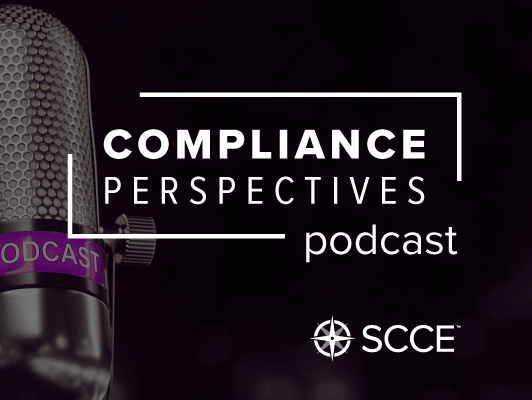Podcast: Play in new window | Download (Duration: 12:17 — 11.3MB)
Subscribe: Apple Podcasts | Email | TuneIn | RSS
Corporate Integrity Agreements (CIAs) and Integrity Agreements (IAs) are recurring features on the healthcare compliance landscape. To help sort them out and provide a bit of a primer on the topic we spoke with Veronica Xu, Chief Compliance Officer, Sabre Healthcare Group. Veronica is also co-author with Dr. Cornelia Dorfschmid and Nicole Caucci of the article “Government Settlements: Corporate Integrity Agreements and Integrity Agreements” in the Complete Healthcare Compliance Manual.
A typical CIA has the following requirements, she explains:
- A compliance officer
- A compliance committee
- Policies and procedures
- An education program
- Disclosure mechanism/hotline
- Independent review
- Reporting obligations
In each case these elements of the CIA are customized to the organization and the incident that led to the CIA.
An IA differs in several ways. First IAs are more likely to be called for with smaller, simpler organizations. The length of the term is typically shorter (3 years vs. 5 for CIAs), and the level of monitoring and frequency of review are markedly different.
The relationship with the monitor, regardless of the type and scope of the agreement, is extremely important. The monitor’s job is, as the name says clearly, to monitor the organization’s efforts to the meet the requirements of the agreement. They also review reportable events and other notifications mandated by the agreement.
The level of involvement by the monitor differs widely. In some cases, it may be just a monthly call. In other cases, the monitor may be much more active, not just monitoring but also providing feedback and pushing the organization to improve its efforts.
The key to a successful relationship with the monitor, Veronica explains, is to be open minded, collaborative, receptive, respectful and transparent. Take a constructive, positive approach and the monitorship can be much easier and leave the compliance program and the organization as a whole in a much stronger place.
To avoid backsliding after the monitorship ends, she advices continuing the relevant practices in the CIA or IA, but don’t keep them static. Make sure they continue to evolve as your risk profile and compliance programs do.
Listen in to learn more, including the importance of celebrating.


